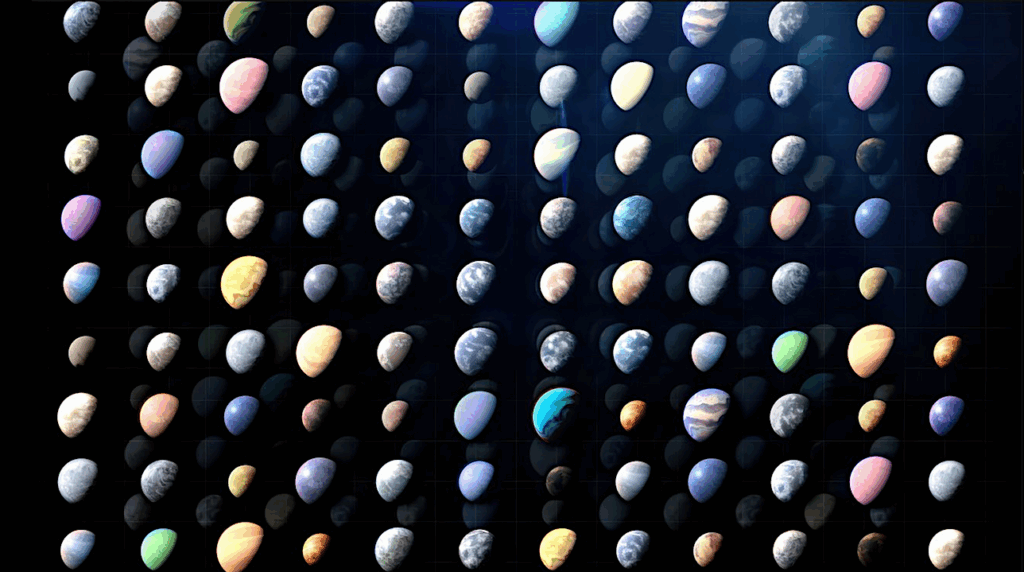Dynamical Study on Habitability of Terrestrial Exoplanets: Super Earth HD 40307g

HARPS and it Kepler results indicate that half of solar-type stars host planets with periods P<100 d and masses M < 30 M_E. These super Earth systems are compact and dynamically cold. Here we investigate the stability of the super Earth system around the K-dwarf HD40307. It could host up to six planets, with one in the habitable zone. We analyse the system’s stability using numerical simulations from initial conditions within the observational uncertainties. The most stable solution deviates 3.1 sigma from the published value, with planets e and f not in resonance and planets b and c apsidally aligned. We study the habitability of the outer planet through the yearly-averaged insolation and black-body temperature at the pole. Both undergo large variations because of its high eccentricity and are much more intense than on Earth. The insolation variations are precession dominated with periods of 40 kyr and 102 kyr for precession and obliquity if the rotation period is 3 d. A rotation period of about 1.5 d could cause extreme obliquity variations because of capture in a Cassini state. For faster rotation rates the periods converge to 10 kyr and 20 kyr. The large uncertainty in the precession period does not change the overall outcome. R. Brasser, S. Ida, E. Kokubo (Submitted on 24 Mar 2014) Comments: Accepted in MNRAS Subjects: Earth and Planetary Astrophysics (astro-ph.EP) Cite as: arXiv:1403.5868 [astro-ph.EP] (or arXiv:1403.5868v1 [astro-ph.EP] for this version)
Submission history From: Ramon Brasser [v1] Mon, 24 Mar 2014 07:04:32 GMT (809kb)








